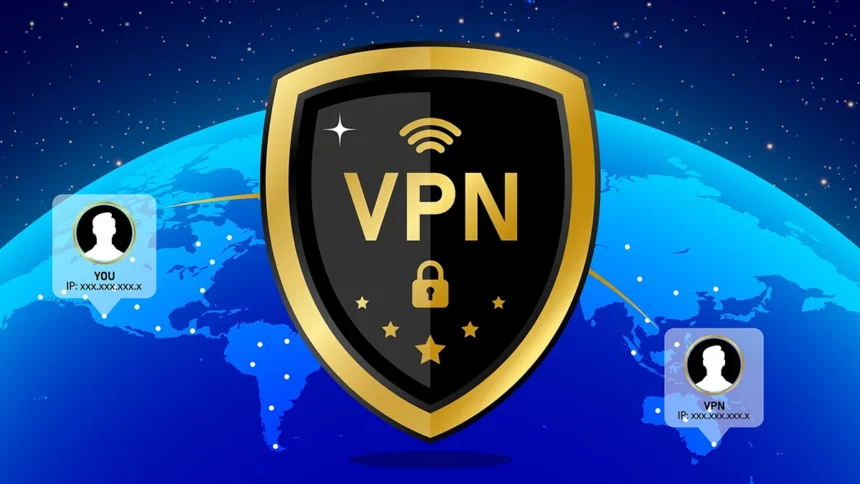In today’s ever-evolving business landscape, understanding Operational Risk Management Awareness is paramount. This guide will equip you with the knowledge needed to safeguard your business effectively. Dive into the depths of operational risks, explore strategies for mitigation, and gain clarity on this critical aspect of business management.
Introduction
Operational Risk Management Awareness is not just a buzzword; it’s a fundamental component of successful business operations. In this comprehensive guide, we will delve into the nuances of operational risk management, providing you with the insights and tools necessary to protect your organization. Whether you’re a seasoned business owner or just starting out, this article is your roadmap to operational risk management excellence.
What is Operational Risk Management?
Operational Risk Management, often abbreviated as ORM, is the process of identifying, assessing, and mitigating risks that arise from a company’s day-to-day operations. These risks can encompass a wide range of factors, including human error, system failures, regulatory changes, and external events. Effective ORM ensures that an organization can navigate these challenges and maintain smooth operations.
The Importance of Operational Risk Management Awareness
Why Operational Risk Management Matters
Operational risk can have severe consequences for businesses. These risks can lead to financial losses, reputational damage, and even legal issues. Having operational risk management awareness is crucial because it allows you to proactively address potential issues, reducing the likelihood of negative impacts on your business.
Operational Risk Management and Compliance
In today’s highly regulated business environment, compliance is paramount. Operational risk management is closely tied to compliance requirements. Being aware of operational risks ensures that your organization remains compliant with industry regulations and standards, avoiding costly penalties.
Enhancing Business Resilience
Operational risk management isn’t just about avoiding problems; it’s also about building resilience. When you’re aware of potential risks, you can implement strategies to withstand disruptions, ensuring your business continues to thrive even in challenging times.
Operational Risk Management Framework
A robust operational risk management framework is essential for success. Here’s a breakdown of the key components:
Risk Identification
The first step in ORM is identifying potential risks. This involves analyzing your business processes, systems, and external factors to pinpoint vulnerabilities.
Risk Assessment
Once risks are identified, they must be assessed for their potential impact and likelihood. This step helps prioritize risks and allocate resources effectively.
Risk Mitigation
Mitigation strategies are designed to reduce the impact and likelihood of risks. This can involve process improvements, technology upgrades, or changes in operational procedures.
Monitoring and Reporting
Operational risk management is an ongoing process. Regular monitoring and reporting ensure that your risk mitigation strategies remain effective and up-to-date.
Operational Risk Management Best Practices
To excel in operational risk management, consider these best practices:
Employee Training
Invest in employee training to raise awareness of operational risks. Educated employees are more likely to identify and report potential issues.
Robust Data Analysis
Utilize data analysis tools to identify trends and patterns that may indicate operational risks. Data-driven insights are invaluable in risk management.
Continuous Improvement
Operational risk management is not static. Continuously evaluate and improve your strategies to stay ahead of emerging risks.
Conclusion
Operational Risk Management Awareness is not just a choice; it’s a necessity in today’s business world. By understanding operational risks, implementing best practices, and staying vigilant, you can protect your business and ensure its long-term success.
Embrace operational risk management as a strategic advantage and safeguard your organization from unforeseen challenges.













